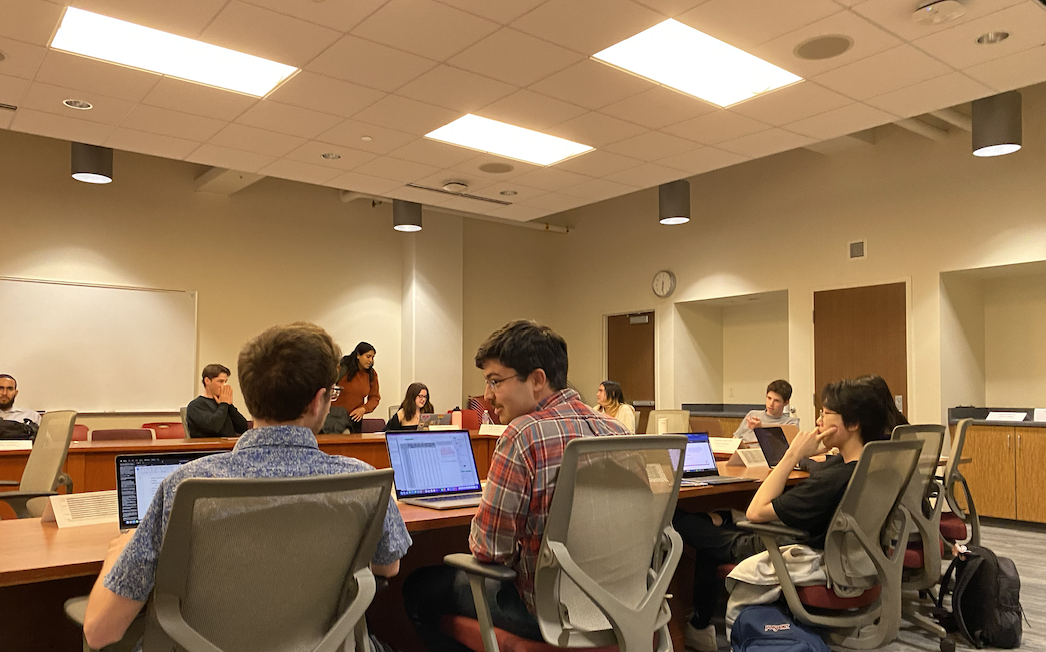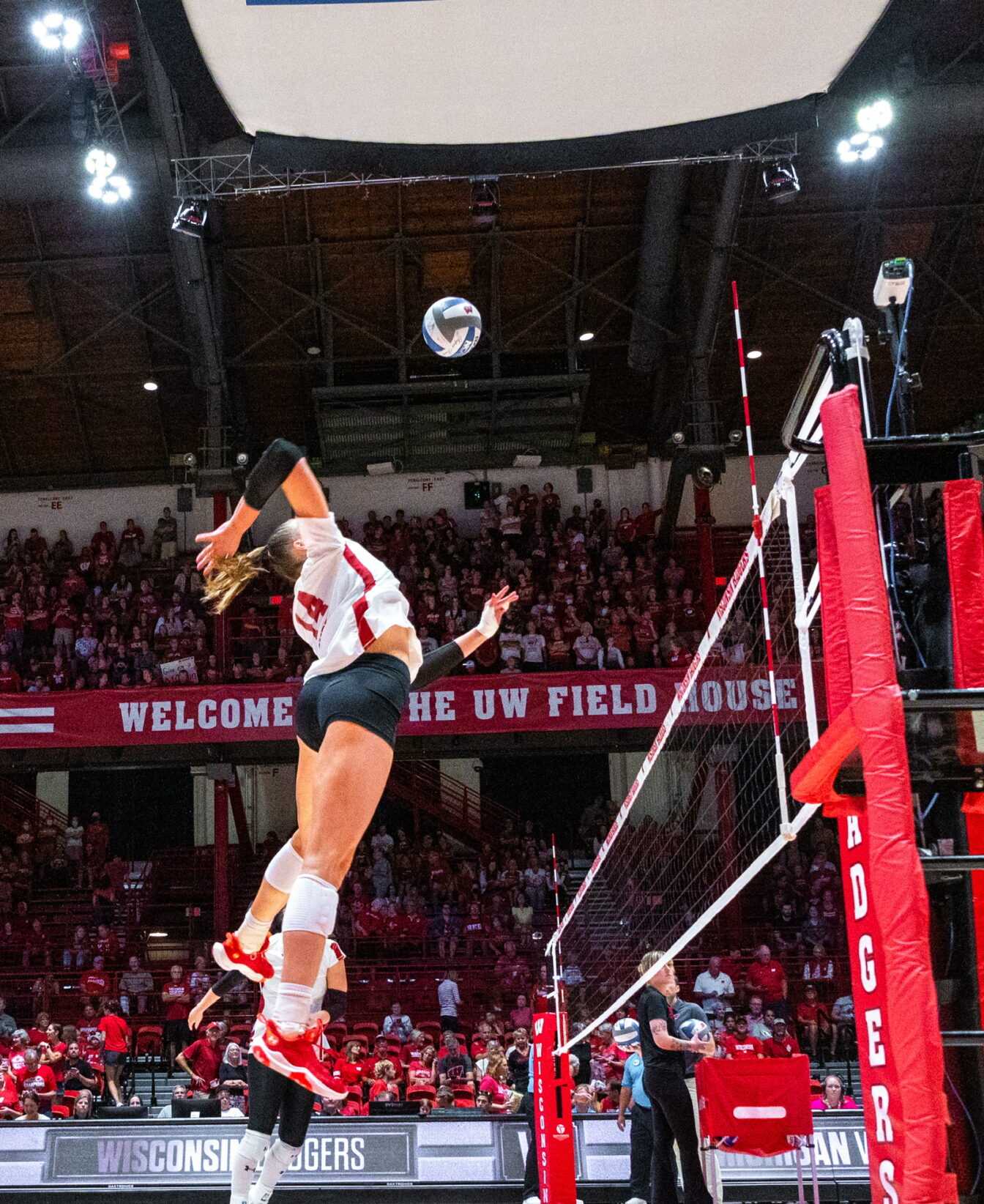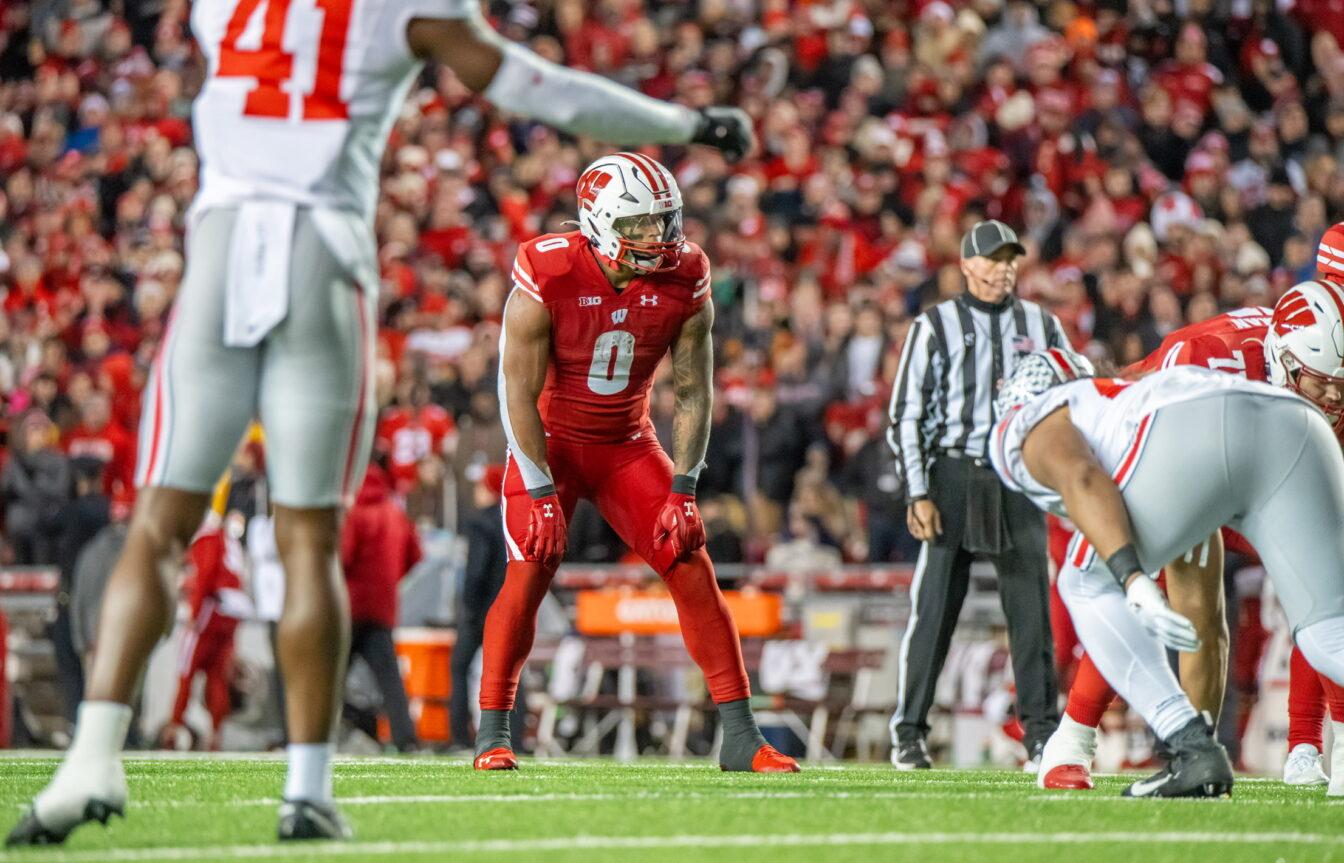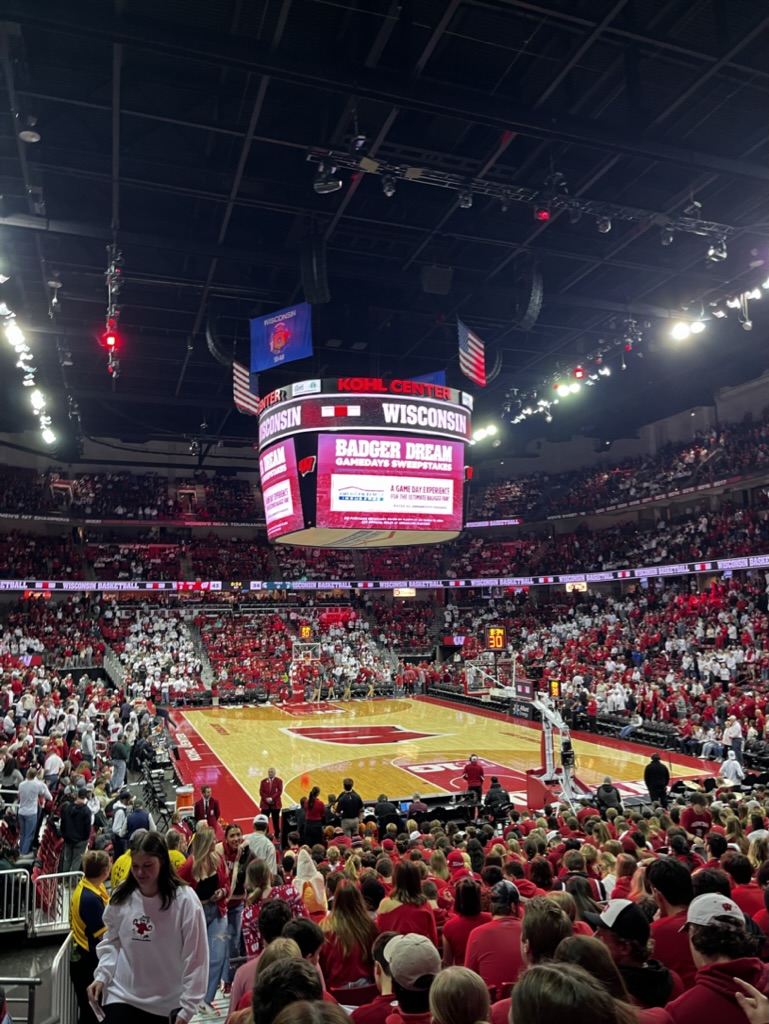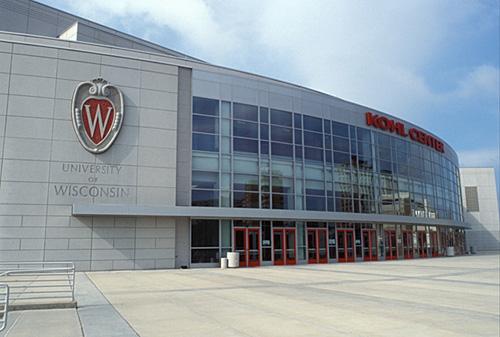
Sometime this weekend, Montee Ball, the former Badger star and recipient of the 2012 Doak Walker Award for best running back in college football, will find out which professional team he will be joining when he hears his name called in the 2013 NFL Draft.
In separate phone interviews Monday evening with The Badger Herald, Rich Eisen – the face of the NFL Network and the man who will be guiding the league’s on-air coverage for all four days of the draft – and an anonymous NFL agent who represents many NFL players, talked about Ball’s prospects and how NFL teams are viewing this year’s crop of collegiate running backs turning pro.
“Running backs are still a crucial component to the NFL even though passing has taken prominence,” Eisen said. “A lot of teams have decided to pass a lot more than what we’re used to seeing in the past decade, but you need to get a running back who can balance the offense and carry a load.”
Perhaps no back in the nation is more prepared to carry a team than Ball. Last year at Wisconsin, the Missouri native racked up 356 rushing attempts – good for third-most in the country – and a total of 924 attempts in his four years in Madison. While he was extremely productive – averaging 5.56 yards per carry over his UW career – the question of durability is definitely a concern for the 5-foot-10, 210-pound running back come draft time.
“Durability is always a major concern with running backs,” the agent said. “Teams really want to know how many touches this guy has had over his career and that often determines the length of a contract or the position a running back is selected come draft time.”
But Eisen believes that the mileage Ball has racked up could actually help him as he moves on to the NFL.
“I don’t think [his durability] will be an issue,” Eisen said. “Marshall Faulk actually believes that anyone who has a ton of experience in college as a running back, even though he might put tread on his tires, so to speak, can use it as a benefit. It’s also a benefit to Montee because he is someone who has touched the ball so many times, has gotten so much work and has shown that he is a workhorse.”
A perfect example of what Eisen is talking about can be found in the statistics of Ball’s 2011 season, which was one for the record books. Ball broke the record for most consecutive games with two or more touchdowns (13); broke the record for most points scored in a single season by a nonkicker (236); and tied the record for most touchdowns in a season (39). Ball followed up his record-breaking season with the only proper response: by breaking more records. In his senior season in Madison, Ball continued to inscribe his name in the NCAA record books with the most career touchdowns (83); most career rushing touchdowns (77); and the highest average yards per rush over the span of a career at Wisconsin (5.56).
“Montee is a great back. Anyone who averages more than four yards per carry I consider to be great,” the agent said. “He averaged about 25 to 30 carries a game and while that is a lot, it also says something about his toughness.
“I think he can be an every down back in the league, but I could certainly also see a situation where there’s going to be a team that has another running back and brings in Ball to share some carries right away.”
It’s no secret Ball is coming into the league at a time where the running back position is changing – mainly because of more athletic quarterbacks and backfields that include two running backs.
“Because of the league being more of a west-coast passing league, along with the added amount of quarterbacks that can run more athletically than in years past,” the agent said. “The running back position has really taken a hit. Instead of taking a running back because he is a great runner, it has changed to taking a running back because he is a great runner and a great blocker.
“If you watch Peyton Manning, if you watch Tom Brady, or any top quarterback,” the agent continued, “all of them have great pass-blocking backs who are great at picking up the blitz.”
As the big day nears, Eisen had important advice for this year’s class of running backs.
“What’s important is being an every-down back,” he said. “What I mean by that is not just the ability to run, but to catch the ball out of the backfield and most importantly to pass protect because that’s what keeps you on the field.
“There are a lot of coaches who will say, ‘Great, you can hit the hole. Great, you’ve got peripheral vision. Great, you can hold onto the ball, but you have to pass protect and understand that you’re in there to keep our quarterback upright and, should the play break down, to offer him an option,'” Eisen continued. “The way you become an every-down back in today’s game is to pass protect.”
Pass protection is a question mark that ESPN has listed in their assessment of Ball saying that he gives a solid effort in protecting the quarterback but that he “swings and misses a bit too often” and that he is “an average-cut blocker at this point.”
In addition to having to perfect his pass protection, Ball must also deal with the perception among some scouts that Wisconsin running backs are often a poor fit with the NFL. In 2002, Michael Bennett became the only UW running back to ever rush for 1,000 yards in the NFL and only UW back to reach a Pro Bowl (he did so as an injury replacement). Ron Dayne rushed for 3,772 yards in his eight-year career; Terrell Fletcher rushed for 1,871 in eight seasons; and Anthony Davis, P.J. Hill and John Clay (who is still in the league) have never gained a single NFL yard.
“I think anyone who is a Wisconsin fan and pays attention to the NFL knows what I’m talking about,” Eisen said. “Heisman Trophy winners have come out of backfields in Madison and not produced [in the NFL]. It’s unfair to Ball, but I think Matt Barkley is going to receive a taste for that this year based on the way [University of Southern California] quarterbacks have performed in recent years, and it’s unfortunate, but that’s the way things go.”
While the history of Wisconsin running backs is daunting, Ball just needs one team to take a chance on him and give him the opportunity. “For me, the best opportunity [for Ball] would come in Washington because [Coach Mike] Shanahan has turned stars out of many running backs, and I know Alfred Morris is the latest example of that but you can’t have enough running backs in this league,” Eisen said.
No matter where Ball lands for the start of his pro career, Wisconsin fans can rest assured he will bring the same relentless enthusiasm and determination that he exhibited for the Badgers to whatever NFL team is able to get him.


